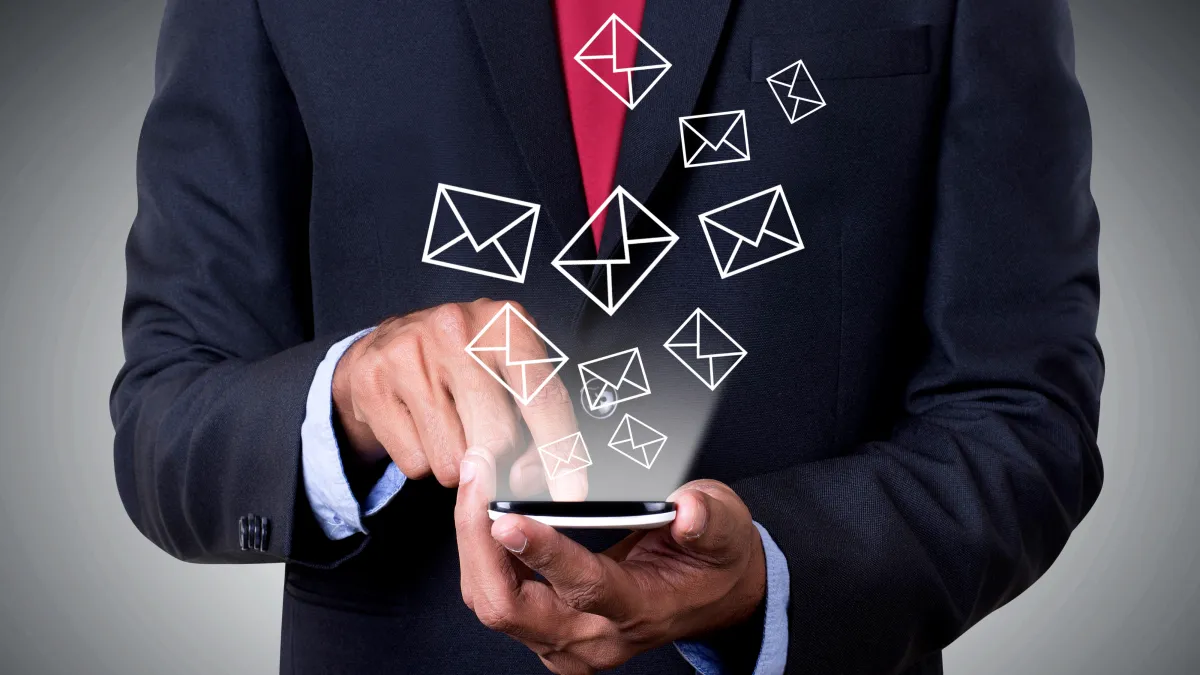
SMS Campaigns Done Right: Compliance, Timing, and Message Examples
“People don’t hate marketing. They hate being interrupted by irrelevant, poorly timed messages.” – David Cancel
That quote hits home because it highlights what most businesses get wrong about SMS marketing. When done right, SMS doesn’t feel like marketing at all. It feels like a helpful nudge at just the right moment. But when it's done wrong, it feels spammy, intrusive, and downright annoying.
In an age where people guard their phone numbers like passwords, every message you send must earn its place. The good news is, SMS is still one of the highest-performing marketing channels out there, but only if you understand the rules, respect your audience's time, and send messages that actually deliver value.
Staying Compliant: Why the Rules Matter More Than Ever
Before you even think about writing your first message, you need to get familiar with SMS compliance. It’s not just about best practices, it’s about avoiding serious fines and keeping your brand’s reputation intact. Laws like the Telephone Consumer Protection Act (TCPA) and guidelines from CTIA are crystal clear: businesses must get explicit consent before sending promotional text messages, which means no gray areas, no implied permission. You need a clear opt-in process, a transparent explanation of what your audience is signing up for, and an easy opt-out option in every message.
Timing also plays into compliance. You can’t send messages before 8 AM or after 9 PM in your customer’s time zone. That might seem obvious, but you’d be surprised how often brands overlook it, especially when working with automated campaigns. Respecting these boundaries isn’t just about legality, it’s about showing your audience that you value their time and attention.
Perfect Timing: Send When It Matters

The success of your SMS campaign doesn’t depend solely on what you say. It hinges heavily on when you say it. Timing your messages right can be the difference between a customer clicking through or opting out. Think about your own behavior: you’re much more likely to read a text at lunch or early evening than during your morning rush or late at night. That same psychology applies to your audience.
Early afternoons work well for promotions, while mornings are ideal for confirmations or reminders. Evenings can be powerful for offers that align with lifestyle habits, such as dinner discounts, wellness appointments, or next-day reminders. The key is understanding your customer journey and aligning your messages with it.
Message Crafting: Less Is More, But Make It Count
Unlike email, SMS doesn’t give you room to ramble. You’ve got a sentence or two to make your point, and every word matters. That’s why it’s essential to be clear, concise, and human. Avoid sounding like a bot or a generic ad. Speak directly, use natural language, and get straight to the point.
Promotional messages should feel like an exclusive tip, not a public broadcast. Appointment reminders should be calm and confident, not robotic. Cart abandonment messages should feel like helpful nudges, not pushy follow-ups. The tone should reflect your brand, but always prioritize clarity and value over cleverness. Ultimately, SMS should feel like a one-on-one conversation, even if it's automated behind the scenes.
Sustainable Results: It’s a Relationship, Not a Blast

Successful SMS marketing isn’t just about getting clicks today. It’s building trust so customers want to hear from you tomorrow. Every message you send is either building the relationship, or eroding it. Segmenting your audience, writing messages that feel personalized, and analyzing performance over time are what turn SMS from a tactic into a channel that drives serious growth.
You don’t need to send messages every day. You just need to send the right message at the right time. When you do that consistently, your subscribers won’t just tolerate your texts. They’ll look forward to them.
Get Started the Smart Way
SMS marketing works, but only when it’s done right. That means staying compliant, being thoughtful about timing, and crafting messages that people actually want to receive.
If you’re ready to stop guessing and start sending smarter, better-timed campaigns, it’s time to try a platform built for doing it right from the start.
Try My Toolbox Pro now.